Thermal Break Solution for Foundation Wall
Foundation wall thermal break. The wall to foundation transition is often overlooked as a source of thermal bridging within the building envelope. Thermal modeling has shown that the R-value of the exterior wall can be reduced by as much as 70% due to thermal bridging where the wall, foundation and interior floor slab meet.
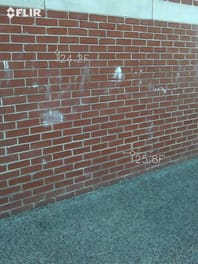
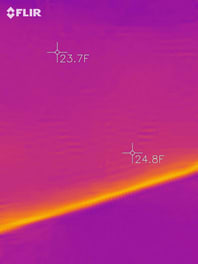
Foundation wall transition
The continuity of insulation becomes interrupted at the location of a building envelope where the exterior and interior walls transition to the foundation and/or floor slab. As a result, heat is lost at the perimeter of the foundation due to a continuous thermal bridge at the base of the interior wall or slab edge or both.
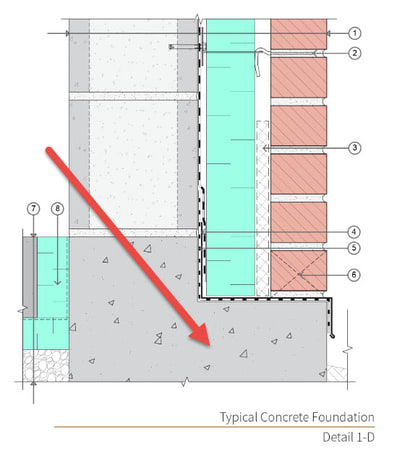
Illustration of a typical masonry facade with CMU interior wall. While the insulation at the edge of and below the floor slab helps reduce heat loss at the floor slab intersection with the foundation, it is discontinuous with the insulation in the exterior wall cavity. This creates a thermal bridge at the CMU wall-to-foundation transition. Heat is lost along the length of the foundation where this detail occurs.
Illustration credit: National Masonry Systems Guide
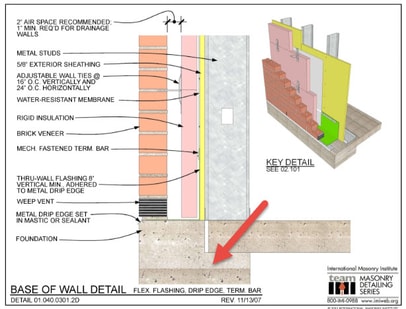
Illustration of a typical masonry facade with steel stud interior wall. Regardless of additional under-slab or slab-edge insulation, the stud wall- to-slab-to-foundation transition creates a thermal bridge. Heat flows out through the foundation reducing the wall assembly R value and increasing the slab F factor (heat transfer).
Illustration credit: International Masonry Institute
Thermal modeling has shown that incorporating a structural thermal break at the wall to foundation transition will improve the R-value of the wall and reduce heat transfer at the slab-foundation perimeter. There will be a reduction in the heat lost to thermal bridging and an increase in the effective R-value or thermal resistance of the wall assembly. In certain details, a properly designed thermal break can reduce heat flow at the perimeter of the envelope by as much as 65%.
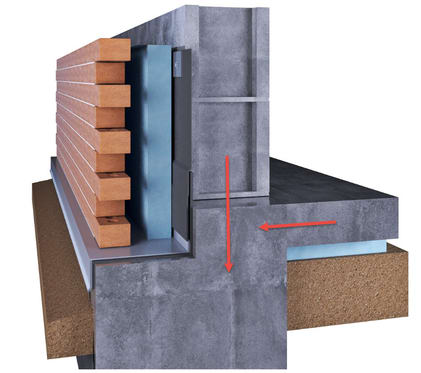
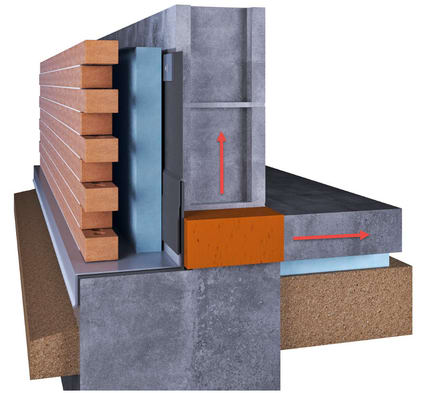
Thermal break solution for wall to foundation transition and slab intersection
Steel and reinforced concrete have the ability to conduct heat at a high rate. Due to the thermal conductivity of these materials, they can easily transfer heat through the thermal envelope of a building where insulation is not continuous. This is what creates thermal bridging and higher than expected heat loss associated with wall to foundation transitions and floor slab interface details.
Thermoblock® thermal break blocks reduce heat loss at foundation to wall transitions.

Conductance is a function of thickness and temperature difference, so the thickness of a thermal break should be carefully considered. In any connection design using a thermal break, the goal is to use the appropriate thermal conductivity that helps the wall assembly meet energy code requirements.

